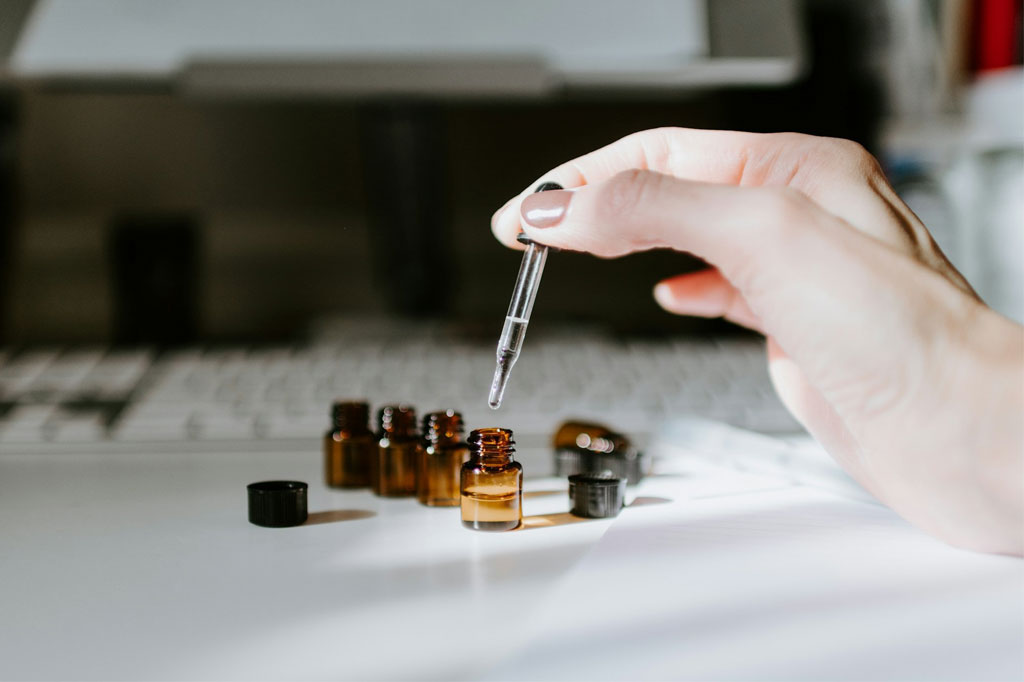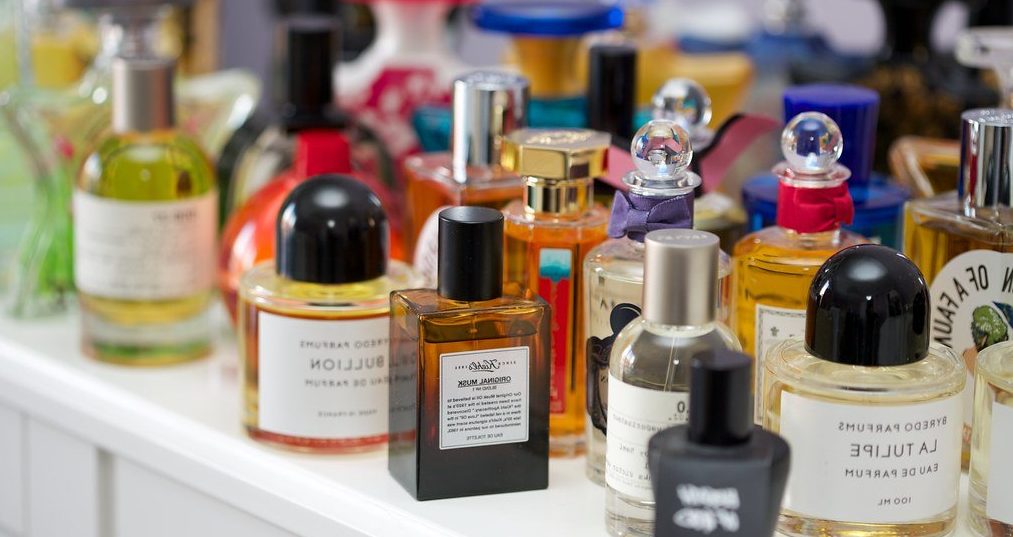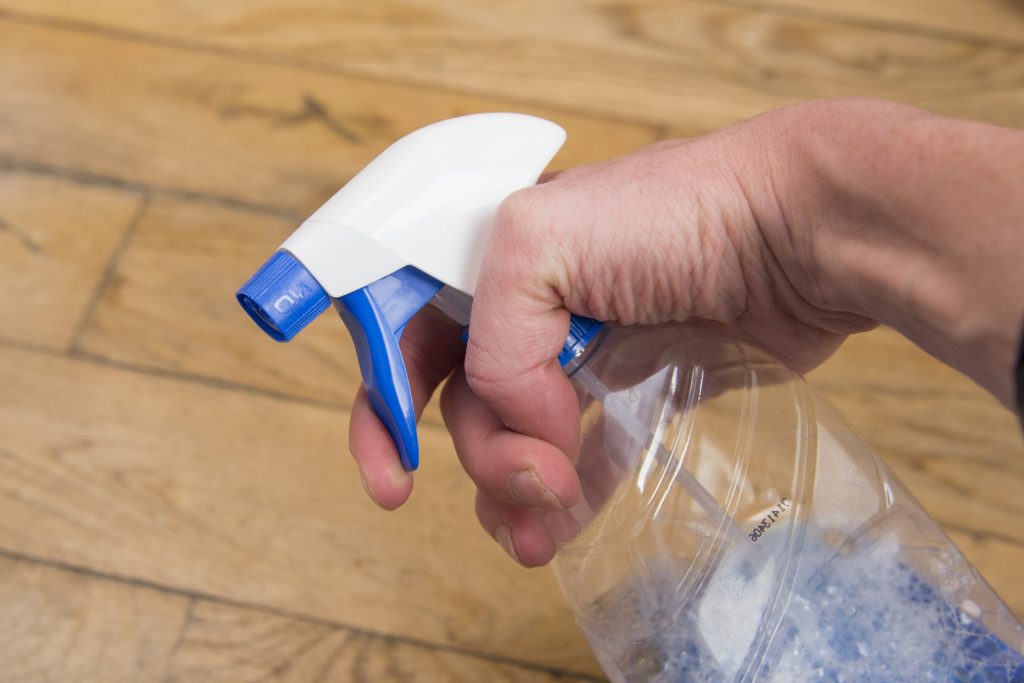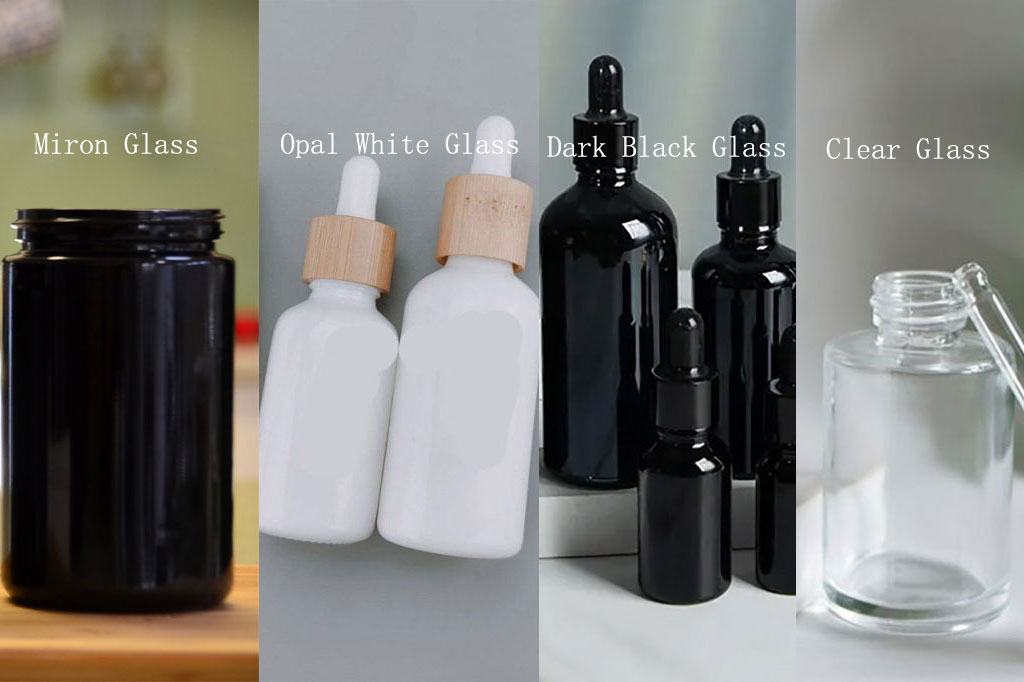Designing the perfect essential oil bottle involves understanding your brand, target audience, and various aspects of the bottle’s physical and aesthetic attributes.
This guide provides a comprehensive look into each critical element, ensuring your essential oil bottles stand out on the shelves and resonate with your customers.
1. Understand Your Brand and Target Audience
This foundational knowledge will guide all design decisions, ensuring your product resonates with your customers.
Understand Your Brand
- Brand Identity: Define what your brand stands for. Is it about purity, luxury, sustainability, or something else? Your bottle design should reflect these values.
- Visual Elements: Consider your brand colors, logo, and typography. These should be incorporated harmoniously into the bottle design to ensure brand consistency and recognition.
- Storytelling: Craft a narrative around your brand. This could be your brand’s origin story, mission, or the unique properties of your essential oils. The bottle design should complement and enhance this narrative.
Target Audience
- Demographics: Who are your target customers? Consider their age, gender, lifestyle, and preferences.
- Psychographics: What are their values, interests, and pain points? If your audience values eco-friendliness, consider using sustainable materials.
2. Choose the Right Bottle Material
The material of the bottle plays a significant role in preserving the quality of the essential oils and in the overall presentation of your product. Our common materials include glass, plastic, and bamboo.
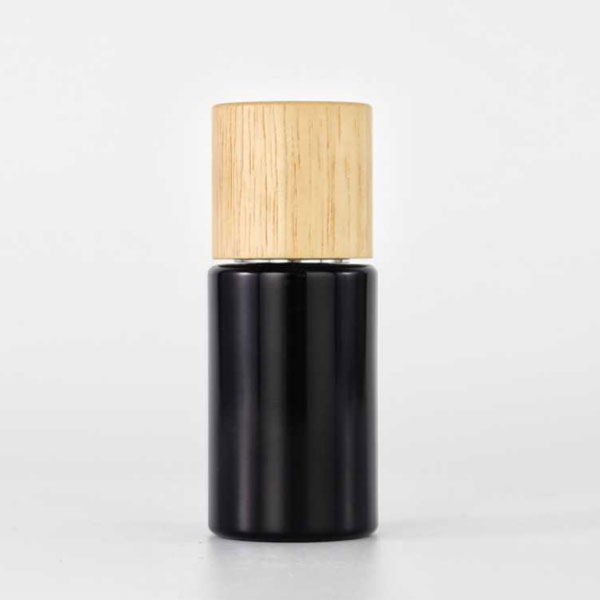
Glass
- Pros: Non-reactive, preserves the integrity of essential oils, recyclable, premium look and feel.
- Cons: Fragile, heavier than plastic.
- Types: Amber and cobalt blue glass are popular choices as they protect oils from UV light.
Plastic
- Pros: Lightweight, shatterproof, cost-effective.
- Cons: Can react with essential oils over time, less eco-friendly.
- Types: PET (Polyethylene Terephthalate) is commonly used for its better resistance to oils.
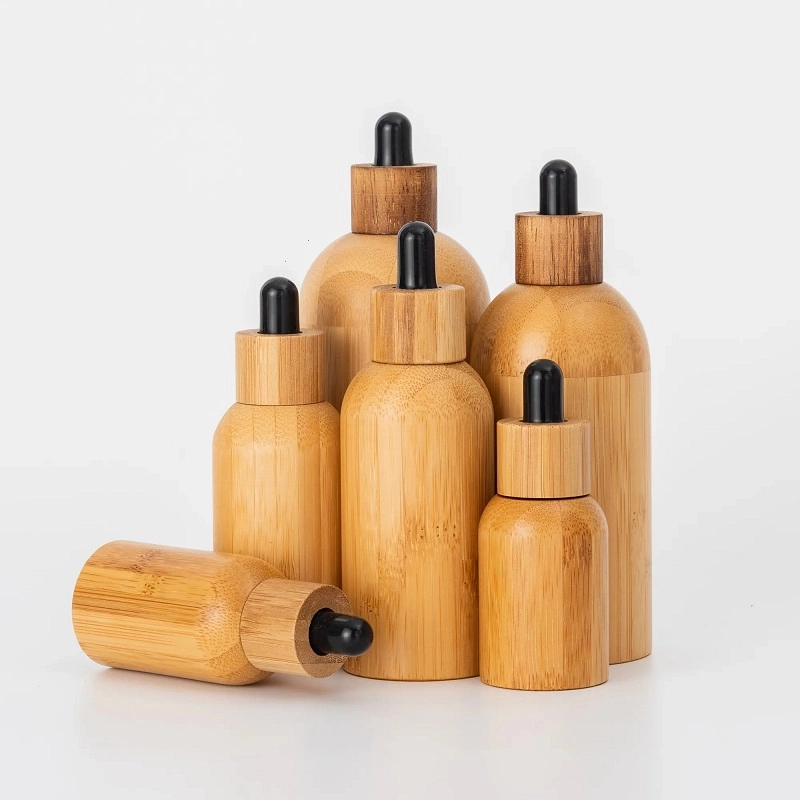
Bamboo
- Pros: Eco-friendly, unique aesthetic, lightweight.
- Cons: Often used as an outer layer rather than the primary material due to its porous nature.
- Combination: Often combined with glass or plastic inner bottles.
3. Choose the Right Bottle Shape
The shape of your bottle can enhance usability and reflect your brand’s identity, the common bottle shapes for essential oil include:
- Cylindrical: Typically Boston round shape, classic and straightforward, cylindrical bottles are easy to store and handle.
- Square/Rectangular: These shapes offer a modern look and are space-efficient for packaging and storage.
- Custom Shapes: To stand out, consider custom shapes that reflect your brand’s identity. For example, a leaf-shaped bottle for an eco-friendly brand.
4. Choose the Right Bottle Size/Capacity
Selecting the right bottle size is essential for meeting the needs of your target audience. Before you determine the final capacity, you need to consider the usage frequency and portability, smaller bottles are more convenient for on-the-go customers, and larger bottles are for frequent use.
The common size includes:
- 5ml and 10ml: Ideal for samples, travel-sized products, or high-potency oils.
- 15ml and 30ml: Standard sizes for regular use.
- 50ml and Larger: For blends or frequently used oils, such as massage oils.
5. Dropper Design
The dropper’s design is crucial for the proper application and precise dispensing of essential oils.
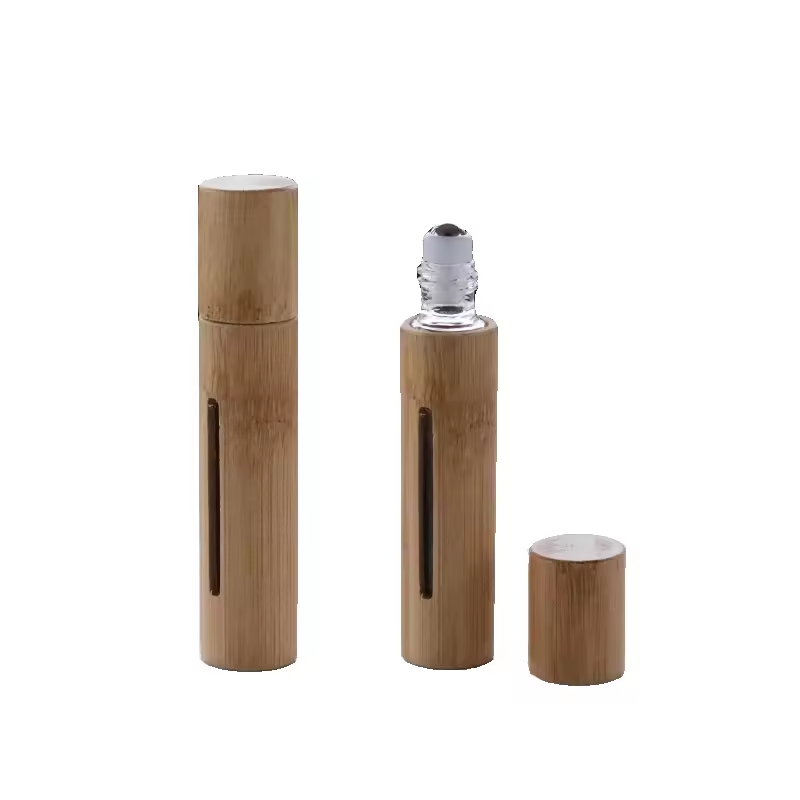
Types of Droppers
- Standard Droppers: Consists of cap, pipette, and bulb, providing precise control over the amount dispensed.
- Euro Droppers: Fit within the bottle’s opening, allowing for controlled drops without a separate dropper cap.
- Roller Tops: Ideal for direct application on the skin.
- Spray Tops: Suitable for misting oils or blends, often used in aromatherapy sprays.
6. Label Design
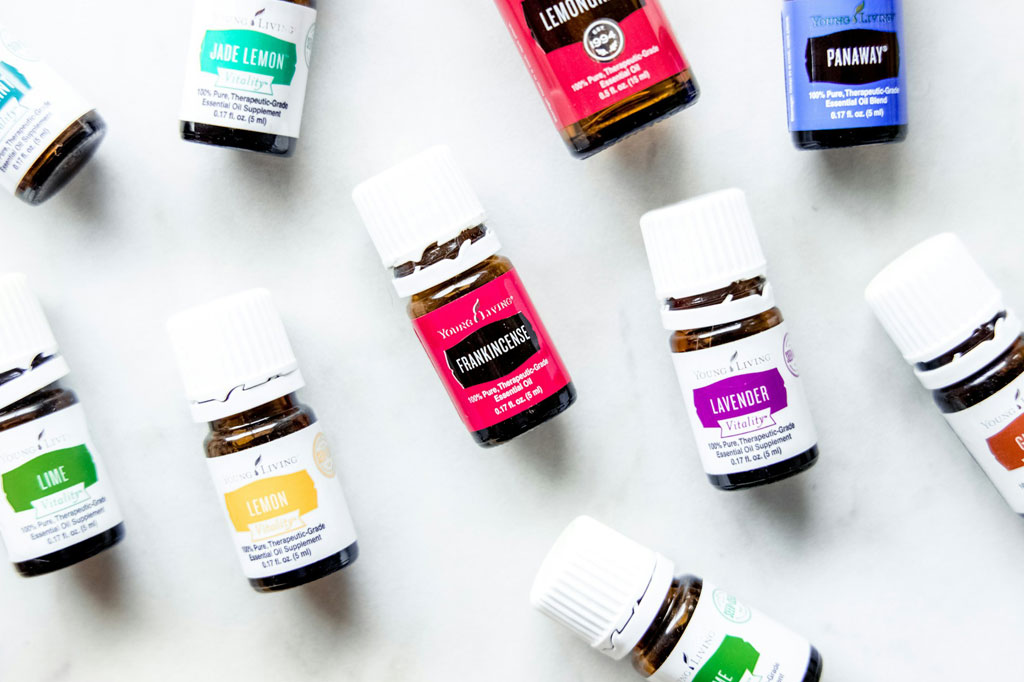
Labels are an essential part of your bottle design, providing necessary information and enhancing brand identity.
- Brand Name and Logo: Clear and prominently displayed.
- Product Name: Descriptive and easy to read.
- Ingredients List: Transparency is key for customer trust.
- Usage Instructions: Simple and concise, ensuring safe use.
- Warnings: Any necessary precautions or allergy information.
7. Packaging Design
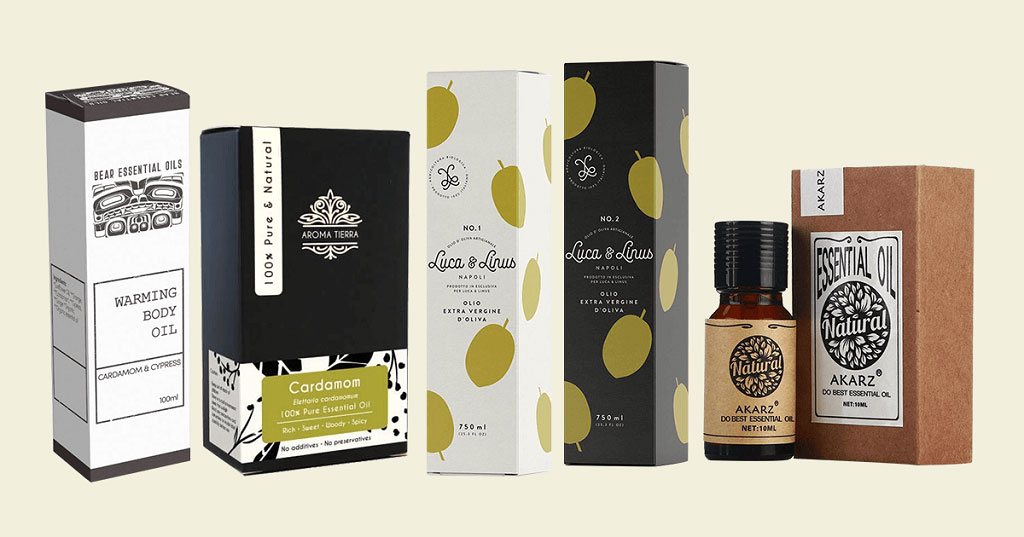
Beyond the bottle itself, the outer packaging and inner insert are also important for protecting the product and enhancing the unboxing experience. Use recyclable or biodegradable materials if your brand values sustainability.
We can provide various types of packaging solutions:
- Boxes: Sturdy and can be printed with detailed designs and information.
- Pouches: Lightweight and cost-effective, often used for travel sets.
- Gift Sets: Custom packaging for gift sets can enhance the appeal and value.
8. Final Words
By carefully considering each of these elements, you can design an essential oil bottle that not only looks great but also enhances the customer experience, reflecting the quality and integrity of your brand.

